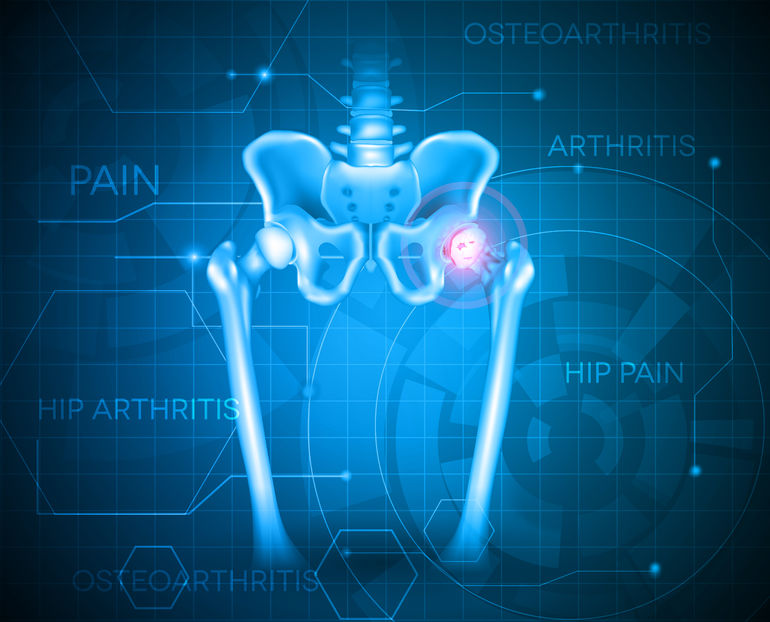
Bone spurs, or osteophytes, are an excess growth of bone around a vertebral body. Problems occur due to the pain and inflammation caused by bone spurs rubbing against ligaments, nerves, and other bones. Eventually, with increased growth, nerve roots can be impacted, causing immense pain. Bone spurs are highly prevalent among individuals over the age of 60. Over time, discs in the spine naturally degenerate, thereby losing some of their shock-absorbing ability. But bone spurs do not only affect the spine; they also impact the shoulders, hands, hips, knees, and feet. Stress, injury, poor posture, poor nutrition, and family history can contribute to this problem as well. Those with osteoporosis are also more likely to develop bone spurs due to the body’s production of new bone after joint cartilage wears down.
Symptoms of bone spurs include:
- Back and neck pain
- Radiating pain through an arm or leg
- Lumps on hands, feet, or spine
- Numbness and/or burning
- Swelling
- Muscle cramps
To determine the best treatment plan, diagnostic tools are used to evaluate the condition. An orthopedic specialist may use X-rays, which provide a visual of any bone deposits. CT scans, electro-diagnostics, bone scans, and discography are also used, each with its own detection measures. Possible treatment interventions include weight loss, physical therapy, and rest. Injections and medications can also be used for relief. However, in severe cases, bone spurs may have to be surgically removed. Generally, bone spurs serve as evidence to an underlying problem, which must be addressed accordingly. To minimize pain and prevent additional joint damage, proper treatment from a NJ orthopedic surgeon is needed.







